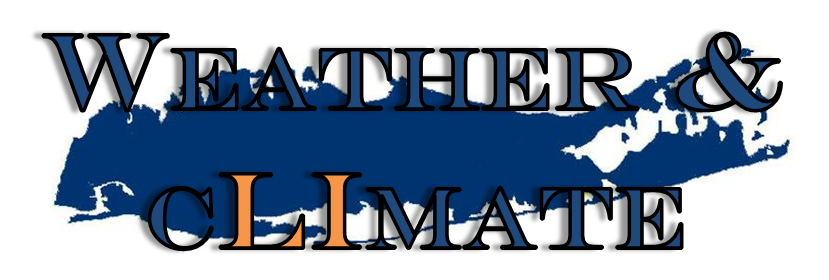High school students, undergraduate students (not just from Stony Brook U), graduate students, and recent graduates/weather enthusiasts are teaming up with Dr. Brian Colle, Post-Doctoratal Researcher Kelly Lombardo, and NWS Science Operations Officer (SOO) Jeffery Tongue to investigate mesoscale, or small-scale phenomena. Such phenomena include strong thunderstorms (i.e. convection) as they travel near NYC, sea breezes that develop along the South Shore, the marine boundary layer with any large marine particulate matter suspended near the surface, and a strong low-level jet called the New York Bight Jet that develops near NYC due to the strong regional temperature gradients between the sea and the land. All of these phenomena have been looked at using conventional radar located at the NWS NYC Office in Upton, NY (KOKX), surface observations, and even numerical models, but this will be the first time a high-resolution Doppler radar will be brought up-close to the action to really zoom in on what is going on.
The first day of student training took place on Monday, June 17. Eager students crowded around the DOW and learned the basics of how it works. A group of scientists and engineers traveled with the DOW to provide training, to drive it around, and to make sure that it operates properly during its visit. Convection was firing up to our north and traveling south-southeast so the students were eager to see the DOW in action. They brought the DOW from the Stony Brook University campus to a location on the North Shore and saw some
 |
| Keep a lookout for the DOW across Long Island. |
Since this field campaign has just begun and will last for a few weeks, blog posts will be provided with updates on radar basics, what phenomena are being measured, and hopefully some great data that the students measured themselves of these phenomena. If you see the DOW traveling on the LIE, give us a wave! If you see us parked and taking measurements at one of our main sites (Jones Beach, Smith Point Park, Sunken Meadow, etc.) don't be shy- we'd love to share what we are doing with you.
- For more information about the DREAMS Project, please visit this website: http://dreamsproject.weebly.com/index.html
- For more information about the Doppler On Wheels (DOW), please visit the Center for Severe Weather Research's website: http://www.cswr.org/dow/

No comments:
Post a Comment